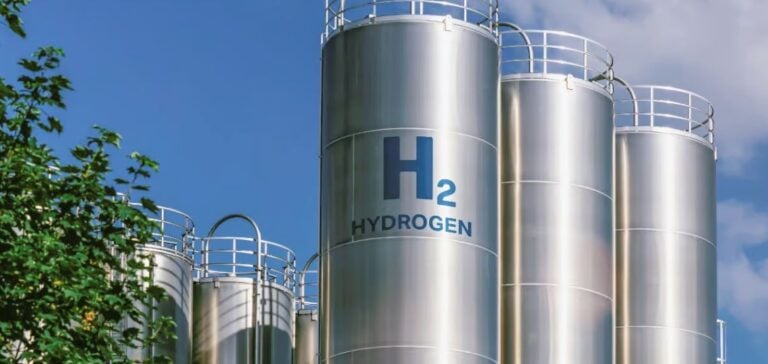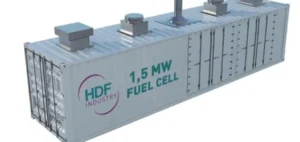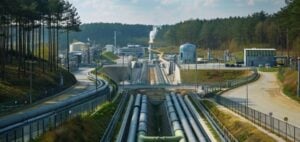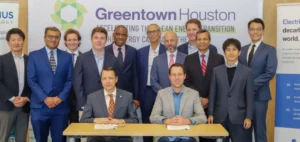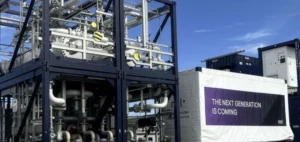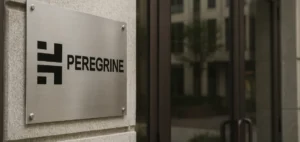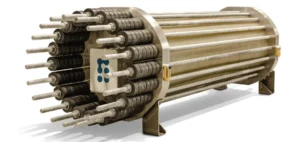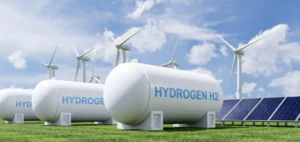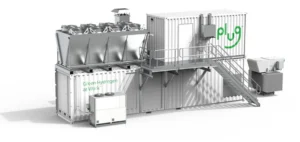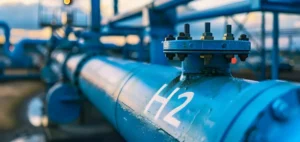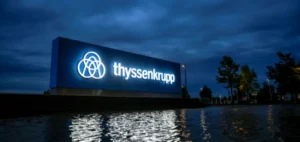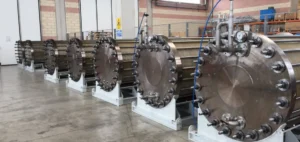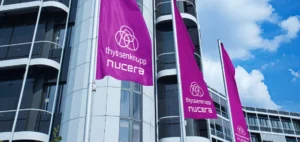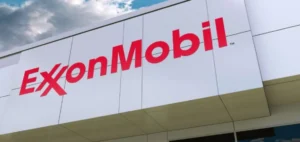Low-carbon hydrogen is seen as a promising means of decarbonizing hard-to-elect sectors of the economy. However, its high cost and variable carbon intensity, depending on the production chain, pose challenges for policymakers. To encourage its deployment, governments need to ensure that low-carbon hydrogen delivers cost-effective emissions reductions compared with fossil fuels and other decarbonization solutions.
A recent study by the Oxford Institute for Energy Studies, entitled “The value of rigorous emissions accounting for low carbon hydrogen”, highlights the challenges facing the various stakeholders – governments, producers and users of low-carbon hydrogen. Public authorities are particularly concerned about the cost-effectiveness of reducing emissions. Producers need to guarantee that their hydrogen complies with government definitions, while users are looking to demonstrate optimum emissions reductions.
Diverging definitions and metrics
At present, definitions of low-carbon hydrogen vary from country to country, complicating comparisons. The terms “clean”, “renewable” or “low-carbon” cover different carbon intensity thresholds and calculation methodologies, making it difficult to assess the cost/reduction of emissions. A common nomenclature based on carbon intensity would harmonize approaches and avoid confusion. The Oxford study underlines that, beyond definitions based on color or general terms, it is the actual carbon intensity that matters from a decarbonization point of view. “Different calculation rules in the EU, UK and US can lead to very different carbon intensities for the same hydrogen, distorting cost and efficiency comparisons,” notes the report.
The importance of temporal correlation
For electrolytic hydrogen, the carbon intensity depends closely on that of the electricity used. Applying strict temporal correlation, measuring intensity over short periods, gives a more accurate picture of actual emissions. On the other hand, looser rules such as monthly or annual correlation can give the illusion that hydrogen is more virtuous than reality, distorting resource allocation. The study details the impact of different time correlation periods on the carbon intensity of hydrogen, illustrating the significant differences between strict hourly correlation and more flexible approaches. In the EU, the application of monthly rules until 2030 could lead to a carbon intensity well above that of fossil fuels in many countries.
Electrolyser efficiency, a key factor
The efficiency of electrolyzers also amplifies the impact of the carbon intensity of input electricity. With an efficiency of 67%, the additional intensity compared with an ideal electrolyser reaches 66 gCO2e/MJ in the Czech Republic, compared with just 2.1 gCO2e/MJ in Sweden. The difference between the most and least efficient electrolysers in the same country can therefore be considerable.
This amplification effect underlines the importance of choosing the right location and technology for electrolysers. The worst performer in Sweden will emit less than the best performers in most other European countries. Rigorous accounting enables us to direct investments where they will be most profitable in terms of reducing emissions.
Optimizing investments
If low-carbon hydrogen fails to demonstrate its cost-effectiveness in terms of emissions reduction, it risks losing the government support needed for investment. Rigorous emissions accounting, combined with flexible support based on carbon intensity, will enable investments to be directed where they make the most sense, both financially and environmentally.
The study shows that sliding support based on actual carbon intensity, rather than strict thresholds, would reduce regulatory risks for producers, a key finding of the Oxford Institute. According to the authors, this would encourage them to maximize their yields and integrate as effectively as possible into power grids to reduce emissions.
Integrating hydrogen into power grids
In addition to production, the study analyzes the interactions between electrolysers and power grids. Grid connection, coupled with strict time correlation rules, would enable projects to optimize their investments in electrolysers, storage and renewable generation to minimize costs. This would also give them the opportunity to sell surplus green electricity to the grid, reducing overall carbon intensity while improving profitability. National case studies confirm the benefits of this integration, with less impact on hydrogen costs than on environmental benefits.
A rigorous approach to emissions accounting for low-carbon hydrogen is essential to ensure its effectiveness in decarbonization and reduce regulatory risks, thus promoting sustainable and profitable investments for the economy and the environment. Strict time correlation rules combined with support adjusted to actual carbon intensity would simplify regulation and enable optimal allocation of resources, according to the Oxford Institute.


